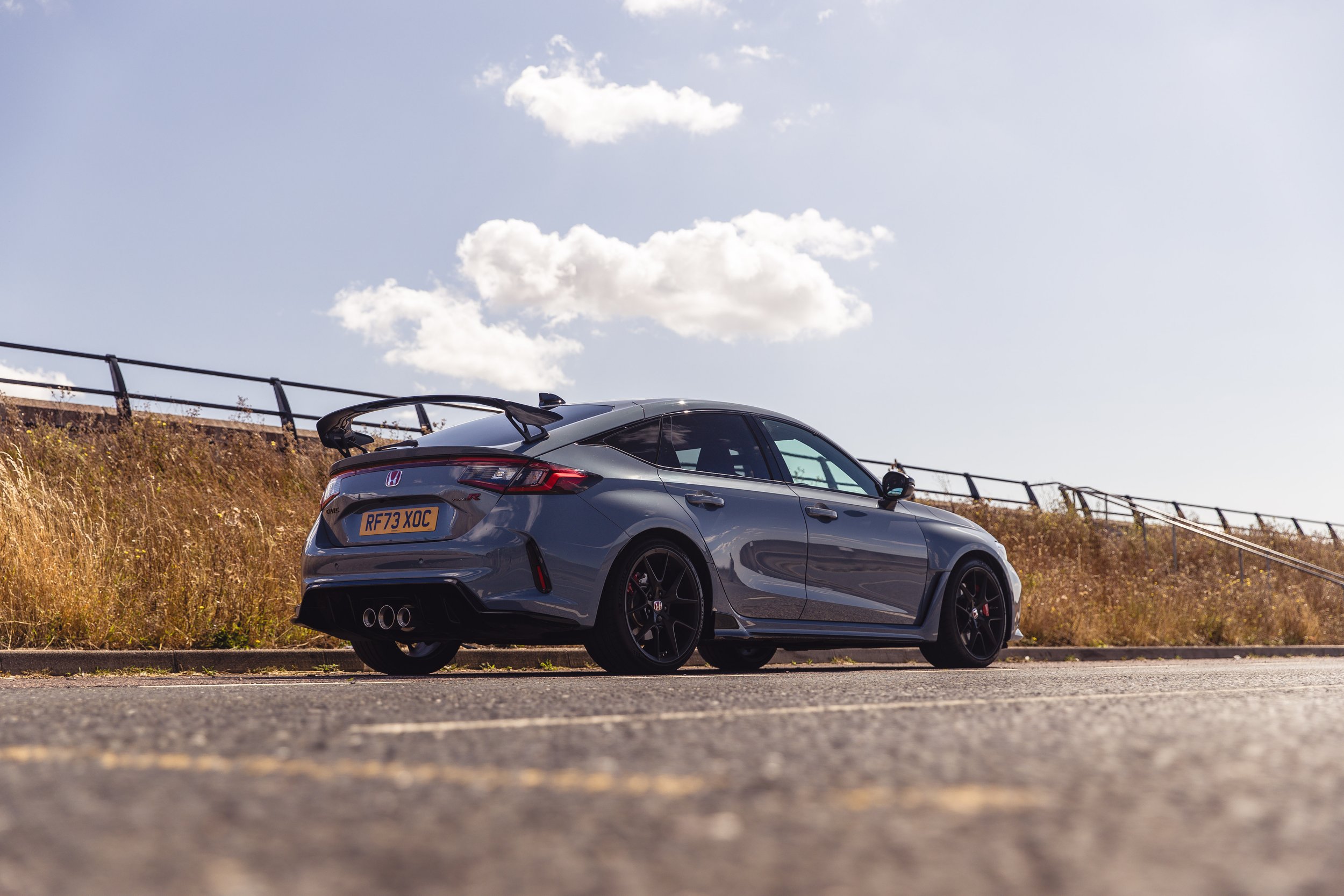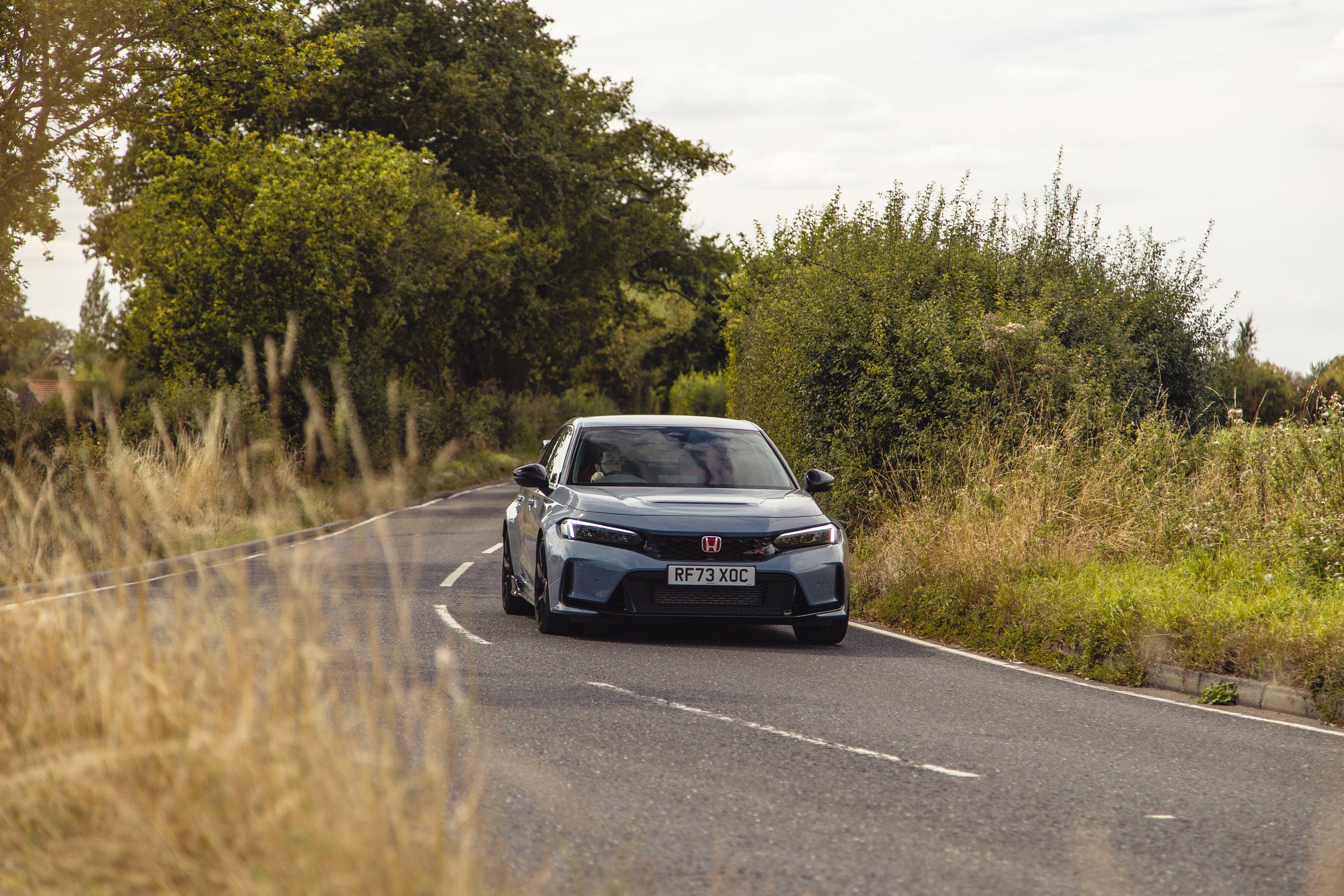
Feature: Honda Civic Type R History
In this feature, Mark looks back at the history of one of Britain’s favourite hot hatchbacks, the Honda Civic Type R.
WORDS: Mark Rose | PHOTOS: Dom Ginn & Honda
The Honda Civic Type R has been something of a constant throughout my time writing about cars. I first started doing this in early 2017, shortly before the FK8 went into production, and since then, I’ve lost count of the number of miles I’ve spent behind the wheel of Type Rs.
As someone who loves driving and relishes the challenge of getting the best from a car, a driver focussed hot hatch has always appealed to me, and building cars for people like me is where Honda has form.
Britain has been mad for the Civic Type R for more than 20 years now, and it doubtless would have been longer if the first CTR, the EK9, made it to European shores. Unfortunately, that car was only made for the Japanese domestic market, but in 2001, Honda put things right by bringing the EP3 Type R to the UK.
In fact, we didn’t just buy it here, we built it. Honda’s Swindon plant was responsible for building both European and Japanese spec vehicles, although there were differences between the two, which I’ll get on to shortly.
The recipe was simple: take a small, rather ordinary family hatch, and make it go faster. Even in the early noughties, this was not a new concept, but Honda took it a step further by building a car that had to be understood and driven properly to get the best from.
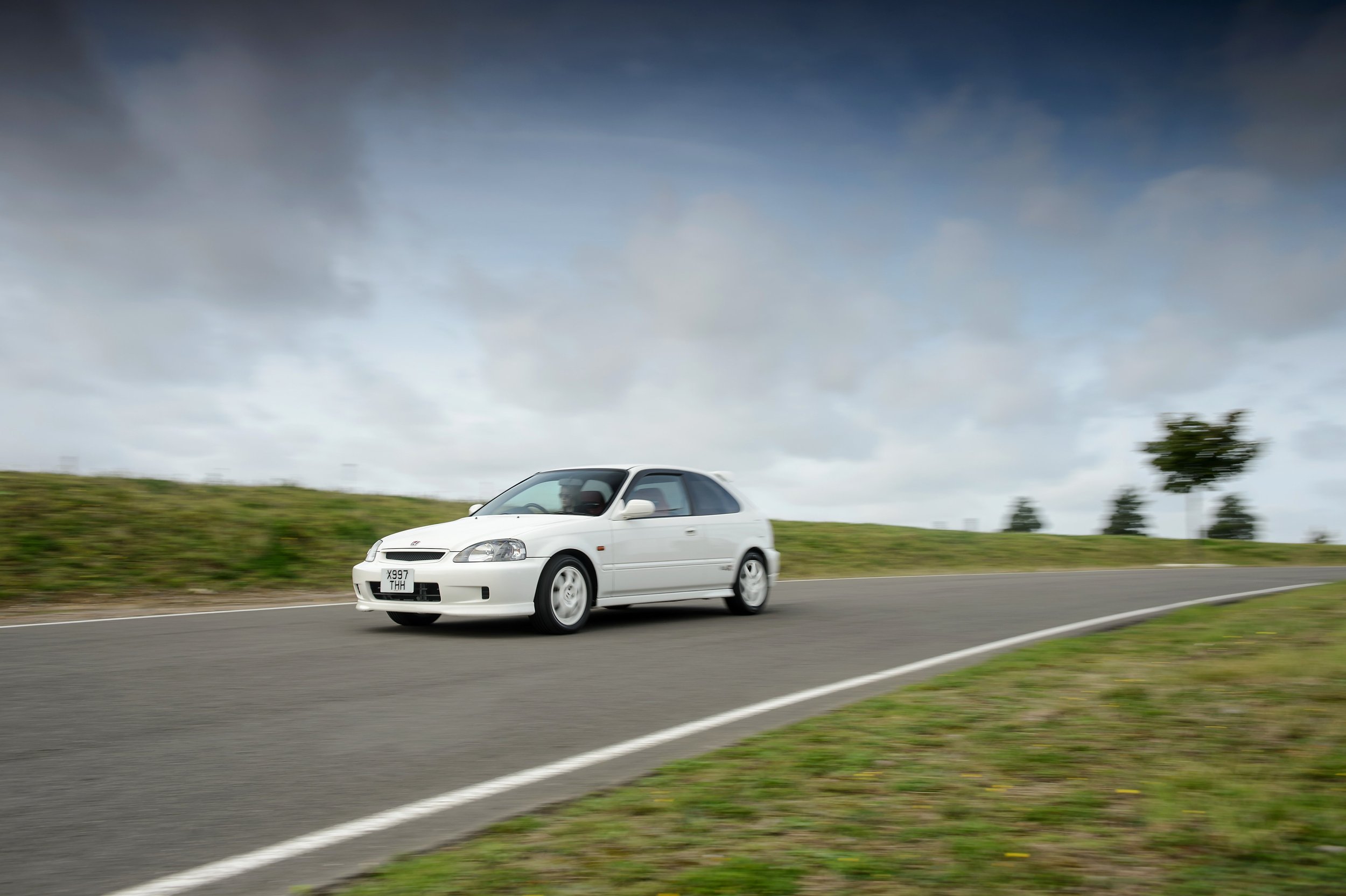
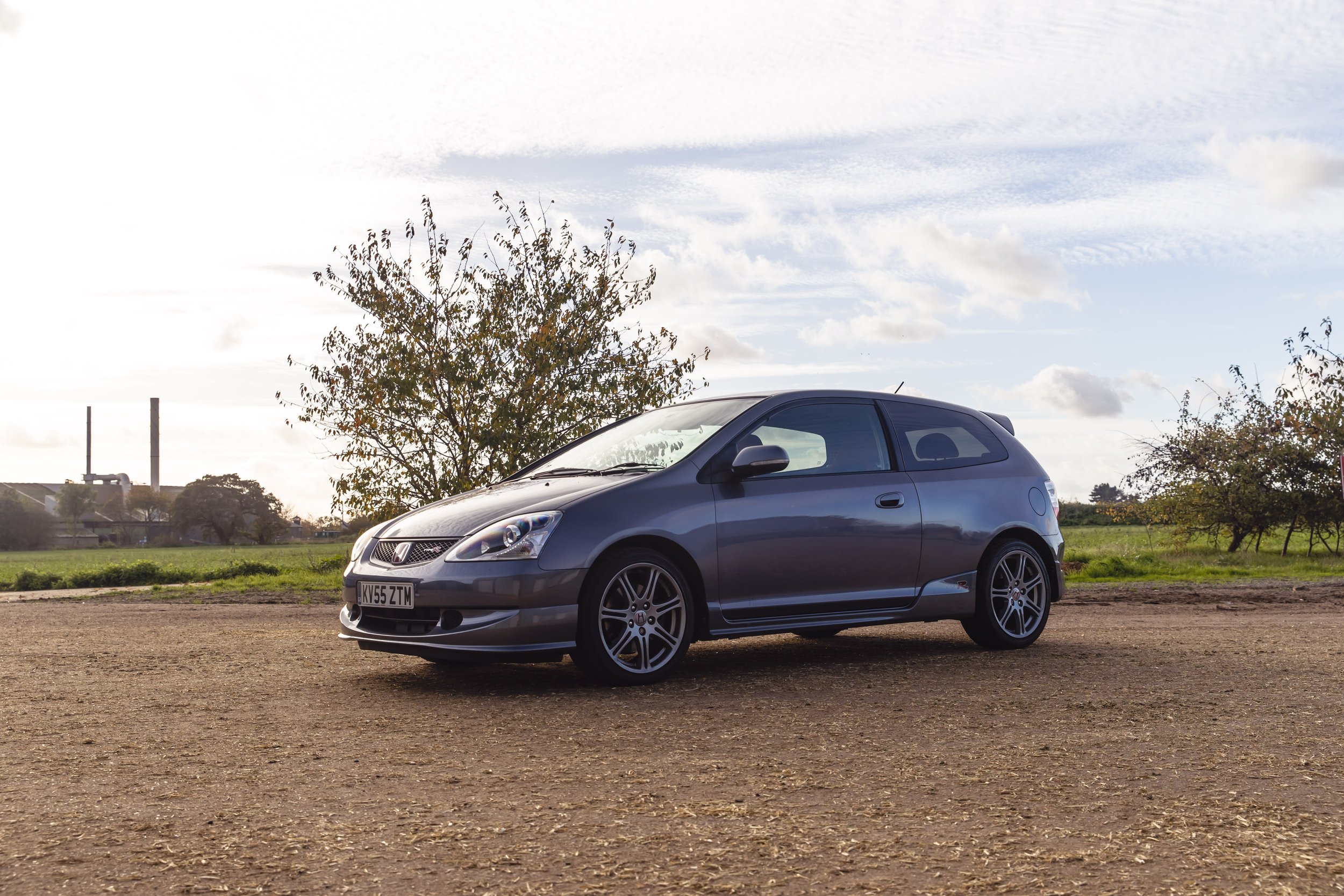
Despite the EP3 Type R receiving upgraded brakes and suspension, and a close ratio six-speed manual gearbox, it’s perhaps best remembered for its K20 engine with VTEC. Variable valve timing allows you to extract more power and torque from a smaller engine without the need for turbocharging, which gave the EP3 its characterful motor.
The 2.0 litre, 4-cylinder engine made 198bhp and had a rev limiter in excess of 8,000rpm. In fact, the engine didn’t get going until you had at least 6,000rpm on the dial, which made the driving experience just as much about dropping back in to the power band as it was threading it down a country road. Good thing too, when you consider that European spec cars didn’t come with a limited-slip differential and therefore lacked a little front end adjustability.
CTRs destined for Japan actually used a more powerful version of the K20 which was shipped from the motherland to Swindon and placed in the cars, only to be returned home. The JDM engine made 212 horsepower, featured a fully balanced crankshaft assembly, unique intake and exhaust manifolds, higher compression pistons, more aggressive cams and a lighter flywheel. And unlike European specs cars, it came with Recaro bucket seats and that all important LSD.
Later, UK spec cars did receive some mechanical upgrades including the aforementioned flywheel, as well as updates to the steering and suspension. Before the EP3 came off sale in 2005, Honda released a ‘Premier’ model which came with Recaro bucket seats, a Momo steering wheel, red carpet and door panels, and Type R logos for the front brake calipers.
All told, Honda sold 32,800 EP3 Type Rs and still today, it remains a favourite for car enthusiasts looking for a pure driving experience on a budget. Clean, low mileage examples are now starting to see an increase in value, and even though I’m not in the game of giving financial advice, I wouldn’t be surprised to see that trend continue – we all saw what happened to Mk1 Focus RS values.
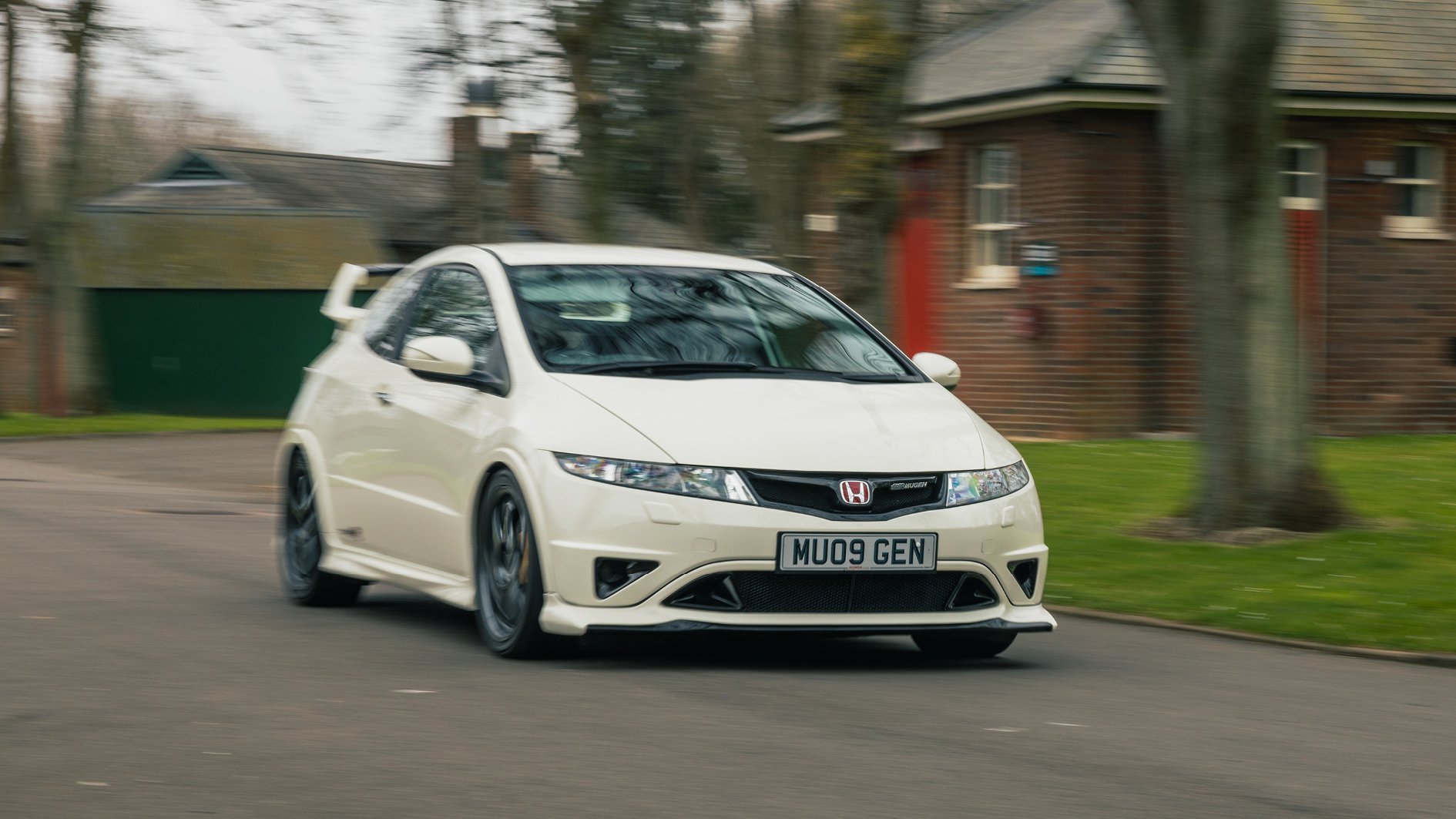
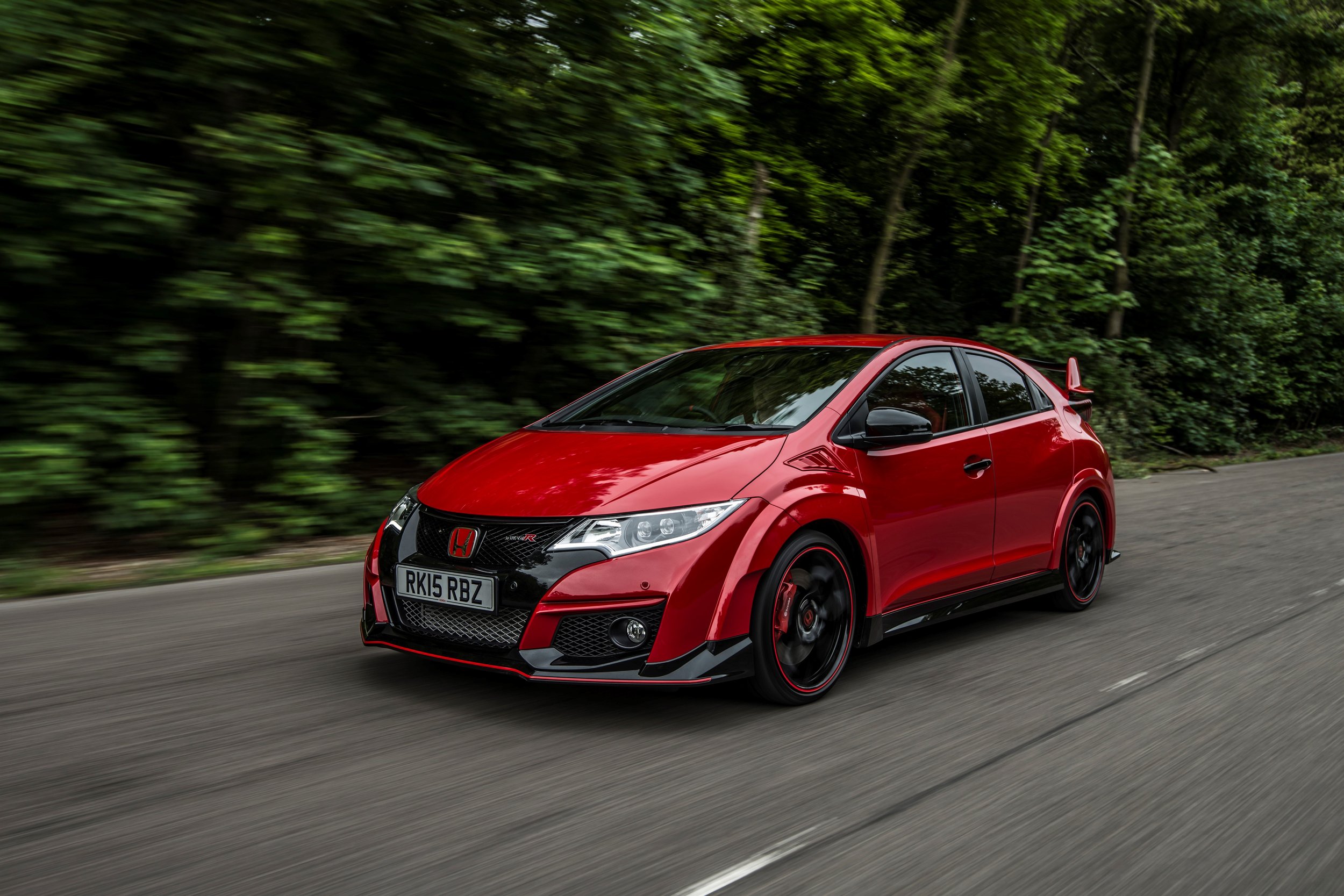
The EP3 was always going to be a hard act to follow, even for a car maker with such a rich history in engineering, and that proved to be the case with the FN2 Type R which was released in 2007.
Commonly understood to be the low point in the CTR back catalogue, the FN2 which was only available in Europe (the Japanese got an FD2 saloon version) was considered something of a downgrade on the EP3. The K20 engine was no more powerful, the car was heavier, and Honda decided to ditch the independent rear suspension in favour of a torsion beam rear axle. The result was a Type R which dynamically was inferior to the car it replaced, and that in combination with the 2008 financial crash resulted in Honda only selling 13,400 examples before it came off sale in 2011.
In 2010 the GT model was fitted with a ‘diff, but the high point for FN2 production came when Honda released a 237bhp Mugen edition with a rev limiter of 8,600rpm, which is ludicrous in a hot hatch. Honda made revisions to the K20 engine, and it also featured upgraded brakes, springs and dampers. There were however, two problems with the Mugen. Firstly, it cost upwards of £38,000 which still today is a fair chunk of change for a hot hatch, let alone back in 2010. Secondly, only 20 of them came to the UK, meaning mere peasants had to settle with the standard FN2 CTR.
After the FN2 went out of production in 2011, we had to wait another four years for Honda to grace us with a Type R. Eventually they came good and released the FK2 in 2015, but this generation of CTR was short lived with production coming to an end in 2017 after just 7,500 sales in Europe and Japan.
On the face of it, Honda’s new 306bhp hot hatch was a flop, especially after it received criticism for being the first turbocharged CTR even though it retained the variable valve timing. But the truth is, the FK2 was the car that geared Honda up for years of Type R success because it was used as a real-world test bed for the FK8 which came in 2017.
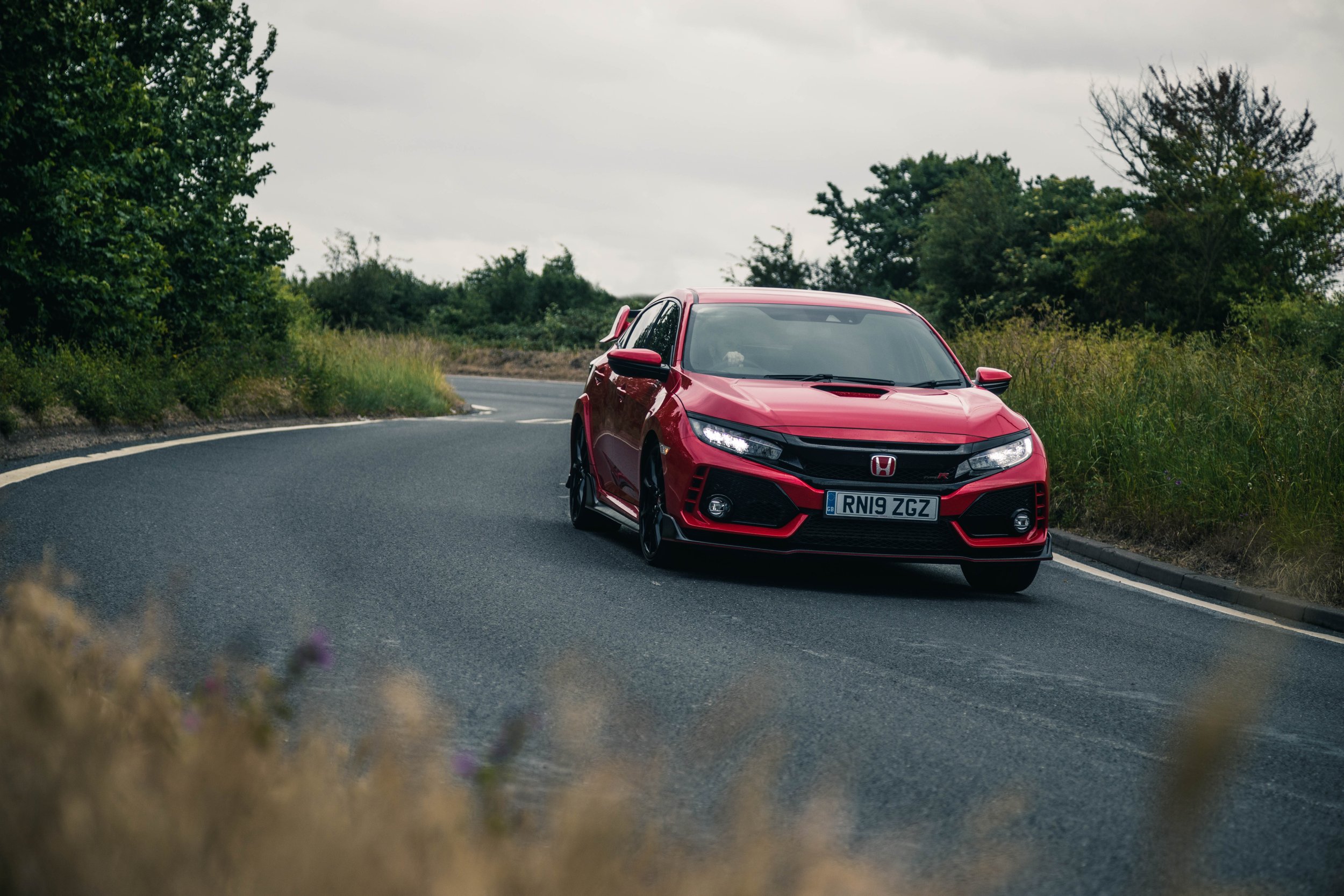
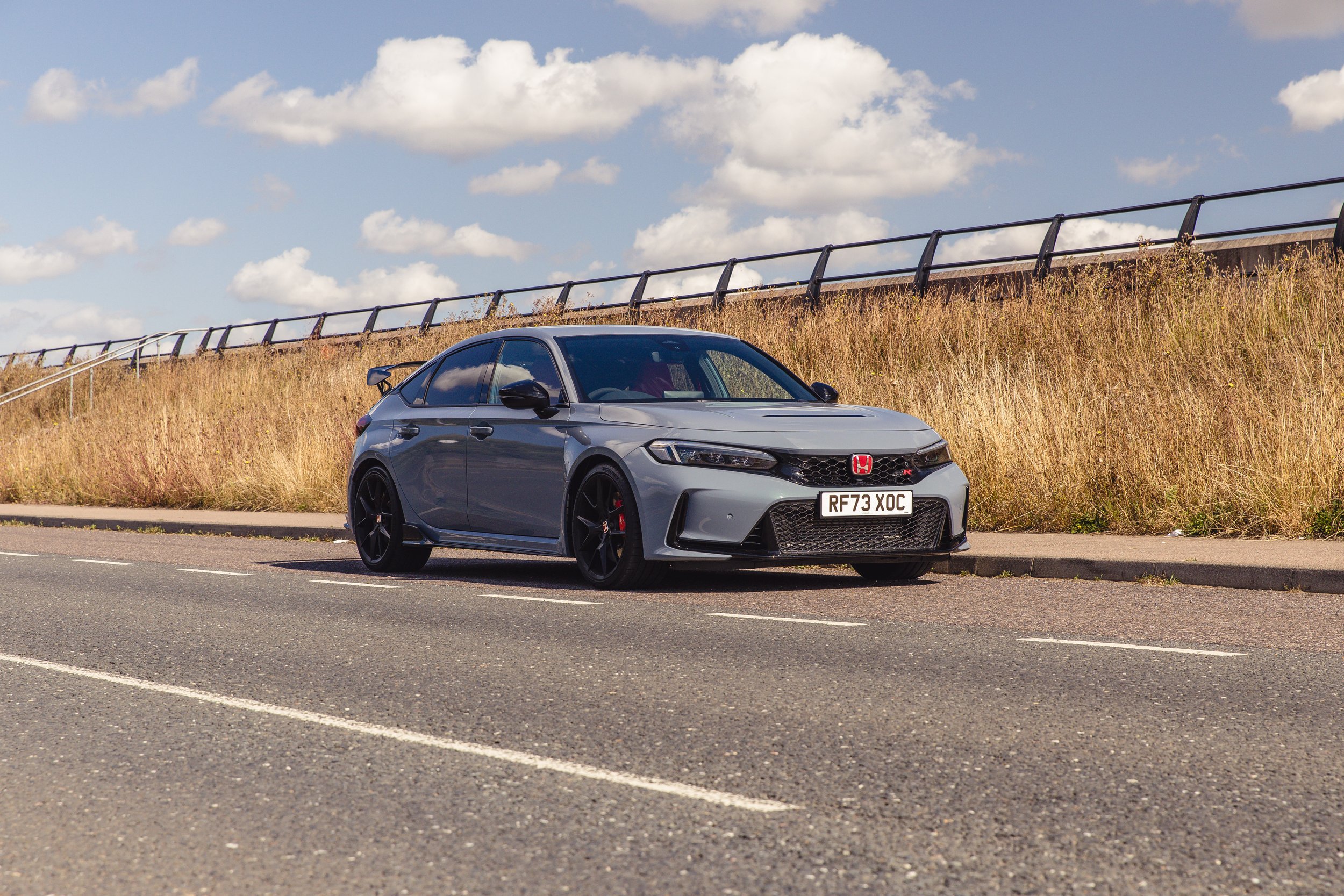
The turbocharged engine, adjustable damping, and dual axis front suspension set the template for future CTRs, and after two years of intense R&D and feedback, production switched to the FK8.
Not only did the FK8 look like a Touring car for the road, it performed like one. A lot of development took place at the Nürburgring, and shortly after release, it set the front wheel drive lap record of 7 minutes 43.8 seconds.
I’ve driven and written about the FK8 many times, so if you want to read a review of it, please click here.
Honda’s most successful Type R to date; 48,000 units were sold in Europe, Japan and the United States. In 2020 the model received a facelift with some mechanical updates (I actually think the pre-facelift version drove a touch better), and they also added a Sport Line model to the range with a smaller rear-wing, 19-inch wheels instead of 20s, and no red pinstriping. For the record, I remain firmly in the big wing camp.
In 2021 Honda brought out a ‘Limited Edition’ version which was track focussed and restricted to just 600 units globally. Annoyingly, Honda de-fleeted that car before I got the chance to grab a press loan, but I did drive it briefly at the Millbrook Proving Ground and it felt every bit as focussed as Honda promised.
Fast forward to the present day and we now have the FL5 Type R which landed in 2023. I’d hate to sound lazy, but this article is already 1,200 words long, so if you want to read my full review of the car, click here.
To watch my YouTube review where I pitched it against a McLaren 765LT, click here.
The latest CTR is a car that I’ve now spent a couple of weeks in over two separate press loans, and I must confess my undying love for it. Despite the incremental improvements, It’s better than its predecessor, the FK8, in every measurable way which is a real achievement given how great that car was.
In a world of 400bhp mega hatches with four-wheel drive, it stands out as the driver’s choice in the hot hatch market. In that sense, it’s pretty unique in what offers and even though it costs £50,000, I’d argue that it’s worth the money. We shouldn’t think of it as a fifty grand Civic, but more like a bargain Porsche 911 GT3, because in terms of pure, driver engagement, that’s the sort of company it keeps.
Watch the YouTube videos
